When choosing an airline, consider baggage allowance, in-flight amenities, and customer satisfaction. Emirates and Qatar Airways are known for excellent service and pleasant flights. For a luxury experience, Emirates and Etihad Airways offer top-tier business-class perks like gourmet meals, flat-screen TVs, extra baggage allowance, and fully reclining flatbed seats. Both also provide access to premium lounges with dining areas, gaming rooms, and bars at Mohammed V International Airport.
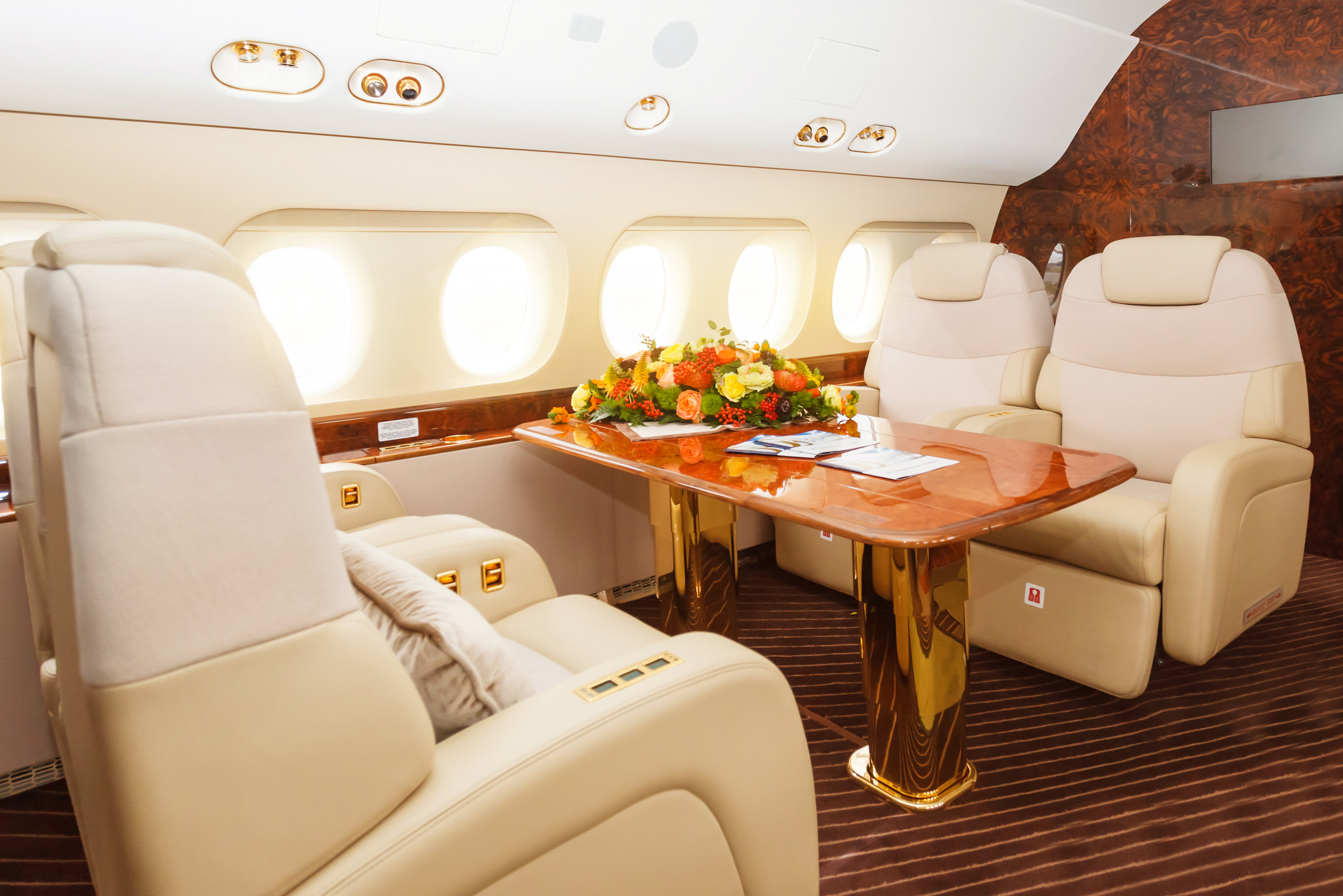
When selecting an airline, consider factors such as flight schedules, baggage allowance, in-flight entertainment, and overall customer reviews. Reading other travellers' evaluations can give you important information about the strengths and weaknesses of different airlines.
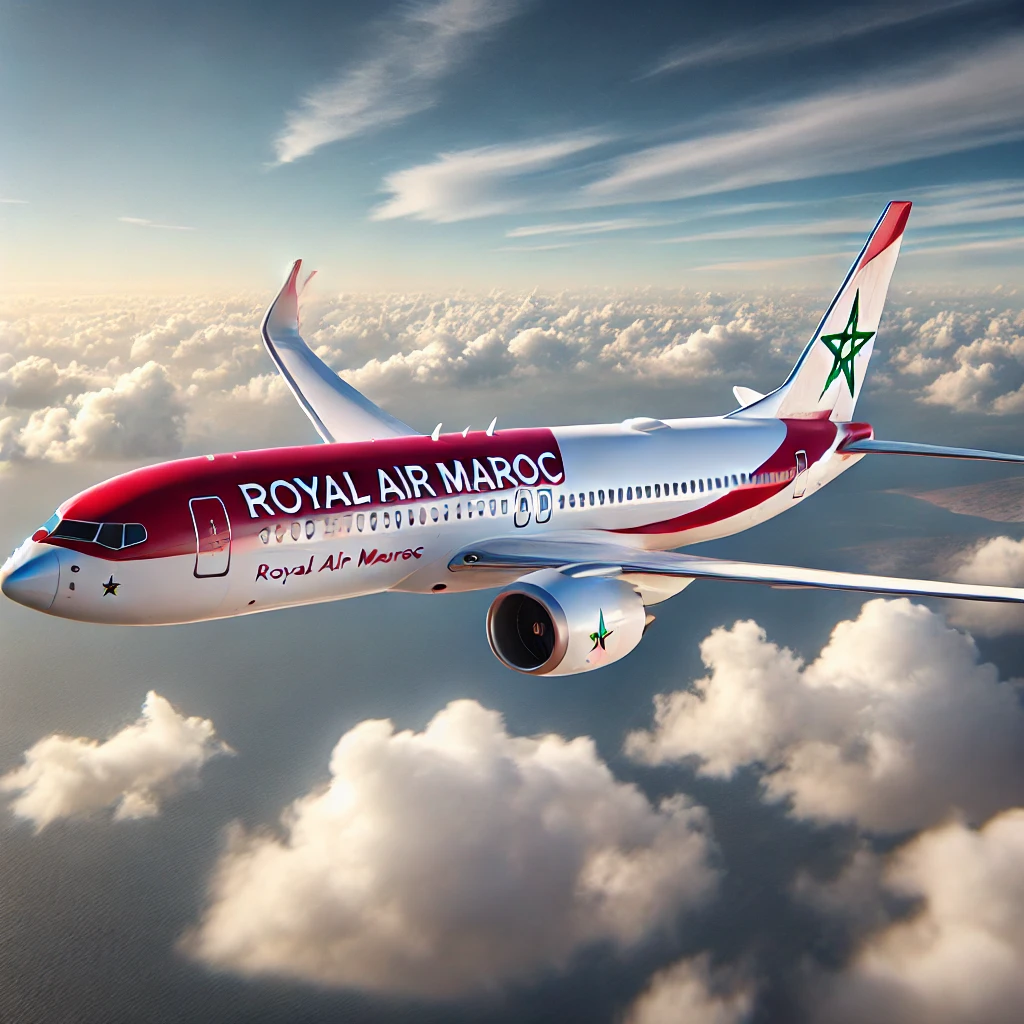

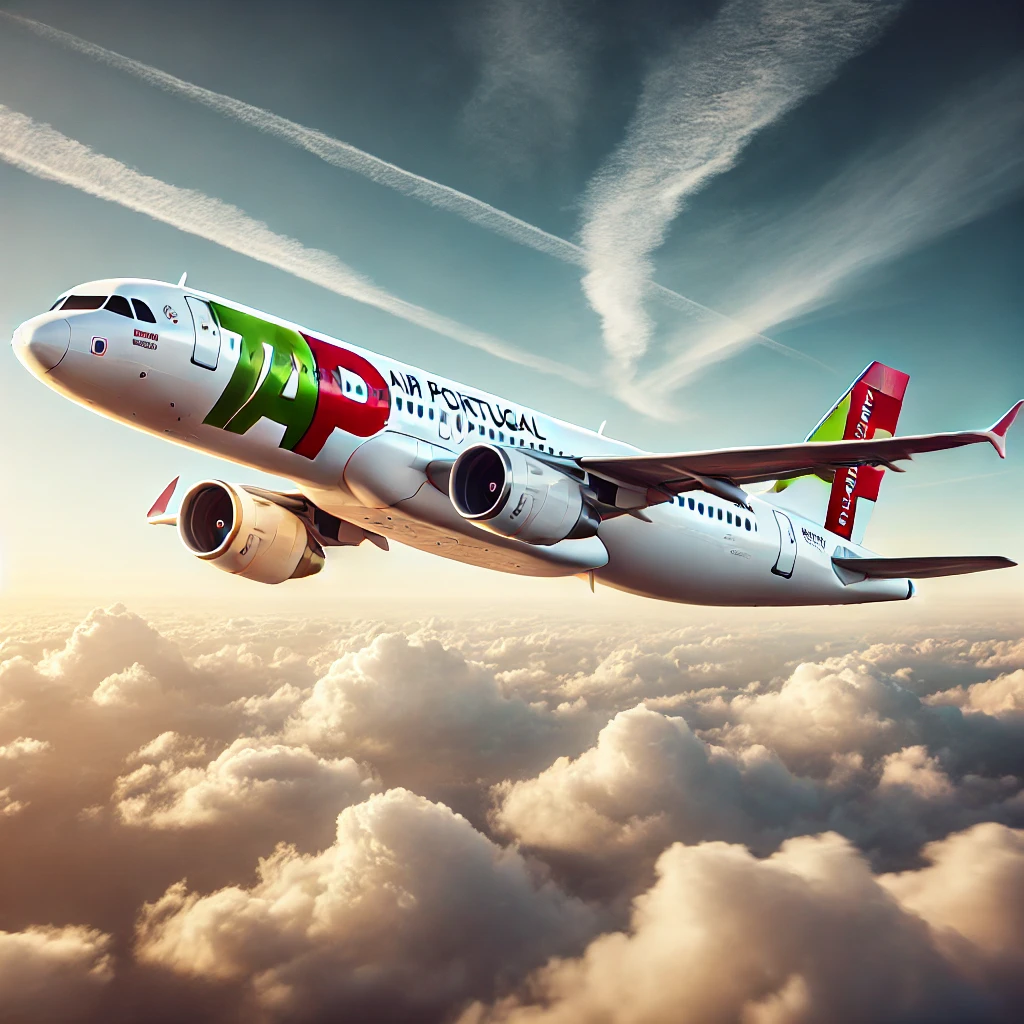
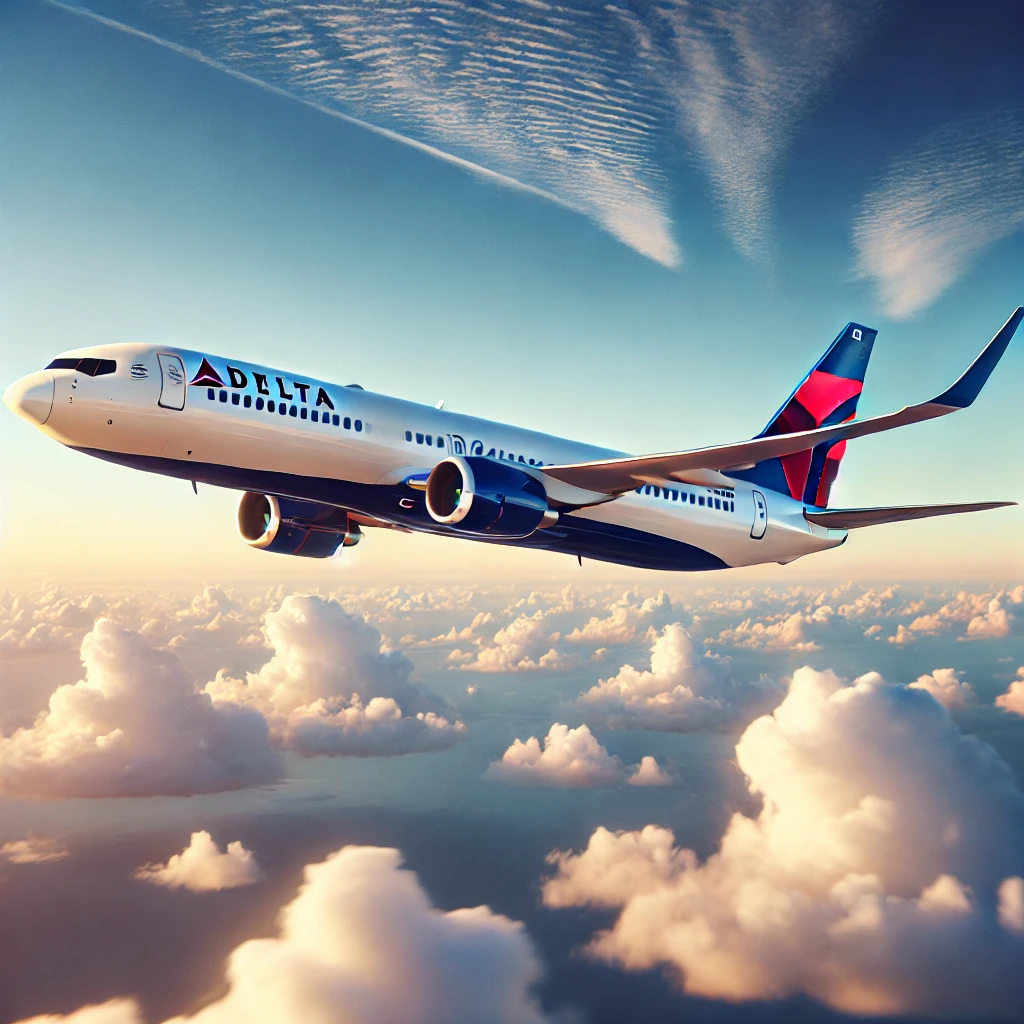
Morocco features a network of international airports that serve multiple cities, each providing a distinct access point to explore various sections of the country. Here is an overview of several prominent airports:
Morocco's largest and busiest airport is 30 km southeast of Casablanca. It serves several European, African, and Middle Eastern destinations as Royal Air Maroc's major hub.
ATMs, currency exchange, duty-free stores, restaurants, VIP lounges, and a 24/7 emergency medical unit with a pharmacy are available at the airport. Fast Track allows passengers to skip lines and speed up police checks at the airport.
Situated on the outskirts of Marrakech, this hub is a popular entry point for tourists eager to see the vibrant culture and extensive history of the city. The building's typical Moroccan style creates a cosy and welcoming atmosphere for visitors. It has two terminals and offers important facilities like free Wi-Fi, retail establishments, food options, ATMs, and currency exchange.
Located about 25 kilometres southeast of Agadir, Agadir Al-Massira Airport (AGA) serves as a major gateway to the vibrant coastal city known for its stunning beaches, surfing spots, and year-round sunshine. The airport connects Agadir to major European, North African, and Middle Eastern destinations with local and international flights.
Fes Sais International Airport, which is about 13 kilometres from the heart of Fes, is a key entry point to the ancient city of Fes, which is well-known for its rich cultural legacy and ancient medina. The airport has grown significantly, and in 2017 it handled more than one million passengers. To meet the needs of travellers, it provides basic facilities like ATMs, currency exchange services, and food alternatives. The airport connects Fes to a number of locations by facilitating both domestic and international flights.
Situated about 14 kilometres southwest of Tangier, this airport is a key entry point for travellers exploring northern Morocco. Its proximity to Europe makes it a convenient option for those arriving from European cities. The airport offers essential services, including ATMs, currency exchange, and dining facilities. Tangier Ibn Battouta Airport handles both domestic and international flights, connecting the region to various destinations.
Located approximately 24 kilometres south of Nador, Nador-Al Aaroui International Airport serves the Rif region in northeastern Morocco. The airport provides essential facilities for travellers and connects the region to various domestic and international destinations. It plays a crucial role in facilitating travel and commerce in the northeastern part of the country.
Approximately 8 kilometres northeast of Rabat, the capital city of Morocco, Rabat-Salé Airport is smaller than major hubs like Casablanca's Mohammed V International Airport but remains significant due to its strategic location. The airport offers connections to several European cities and serves as the base for Royal Air Maroc Express. Facilities include ATMs, currency exchange services, and dining options to accommodate travelers. The airport has witnessed growth in passenger traffic, reflecting its importance in the region.
SUMMARY
|
Airport Name |
Code |
Location |
Key Features |
|
Mohammed V International Airport |
CMN |
30 km southeast of Casablanca |
Largest and busiest airport, major hub for Royal Air Maroc, VIP lounges, duty-free stores, Fast Track services |
|
Marrakech Menara Airport |
RAK |
On the outskirts of Marrakech |
Moroccan-style architecture, two terminals, free Wi-Fi, retail stores, currency exchange |
|
Agadir Al-Massira Airport |
AGA |
25 km southeast of Agadir |
Major gateway to Agadir’s beaches, connects to European and Middle Eastern destinations |
|
Fes Sais International Airport |
FEZ |
13 km from Fes |
Serves over 1 million passengers, provides ATMs, currency exchange, dining |
|
Tangier-Ibn Battouta Airport |
TNG |
14 km southwest of Tangier |
Convenient for European travelers, connects to domestic and international destinations |
|
Nador-Al Aaroui International Airport |
NDR |
24 km south of Nador |
Key airport for the Rif region, essential facilities for travelers |
|
Rabat-Salé Airport |
RBA |
8 km northeast of Rabat |
Smaller but strategically important, base for Royal Air Maroc Express |
The official monetary unit of Morocco is the Moroccan dirham (MAD). You can conveniently convert your money upon arrival at airports, banks, and exchange offices across the nation. It is always wise to verify the latest conversion rate before swapping your funds to guarantee you receive the most favourable rate.
To ensure a hassle-free arrival at Moroccan borders, travellers must present the following documents along with their passport and Moroccan eVisa for verification:
|
Document Type |
Explanation |
|
The same residence card used during your eVisa application. |
|
A copy of the visa that was issued in support of your application. |
|
Proof of a booked return flight to your home country or an onward destination. |
|
Either an international bank card or cash amounting to at least 70 euros per person per day of your stay in Morocco. |
|
A valid insurance policy covering medical expenses and financial safety for the entire duration of your trip. |
Visit theEntry Requirements when Travelling to Morocco with an eVisawebpage to find out more about the entry requirements.
Baggage allowances and regulations vary depending on the airline you choose. It is crucial to check your airline's specificbaggagepolicy before travelling to avoid any surprises or extra charges at the airport. Here are some general guidelines and tips to keep in mind:

Once you arrive at your chosen airport in Morocco, various transportation options are available to reach your final destination:
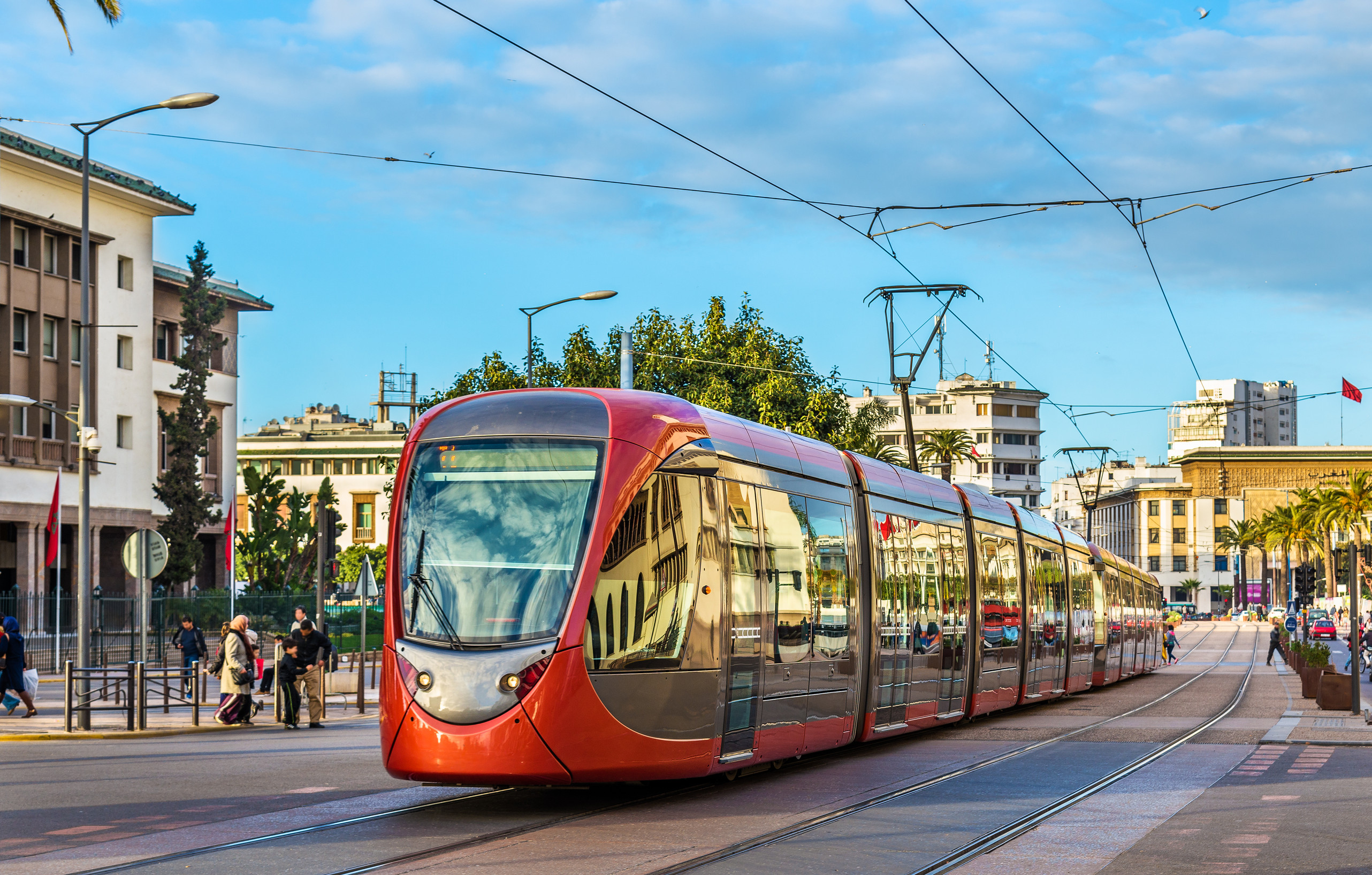
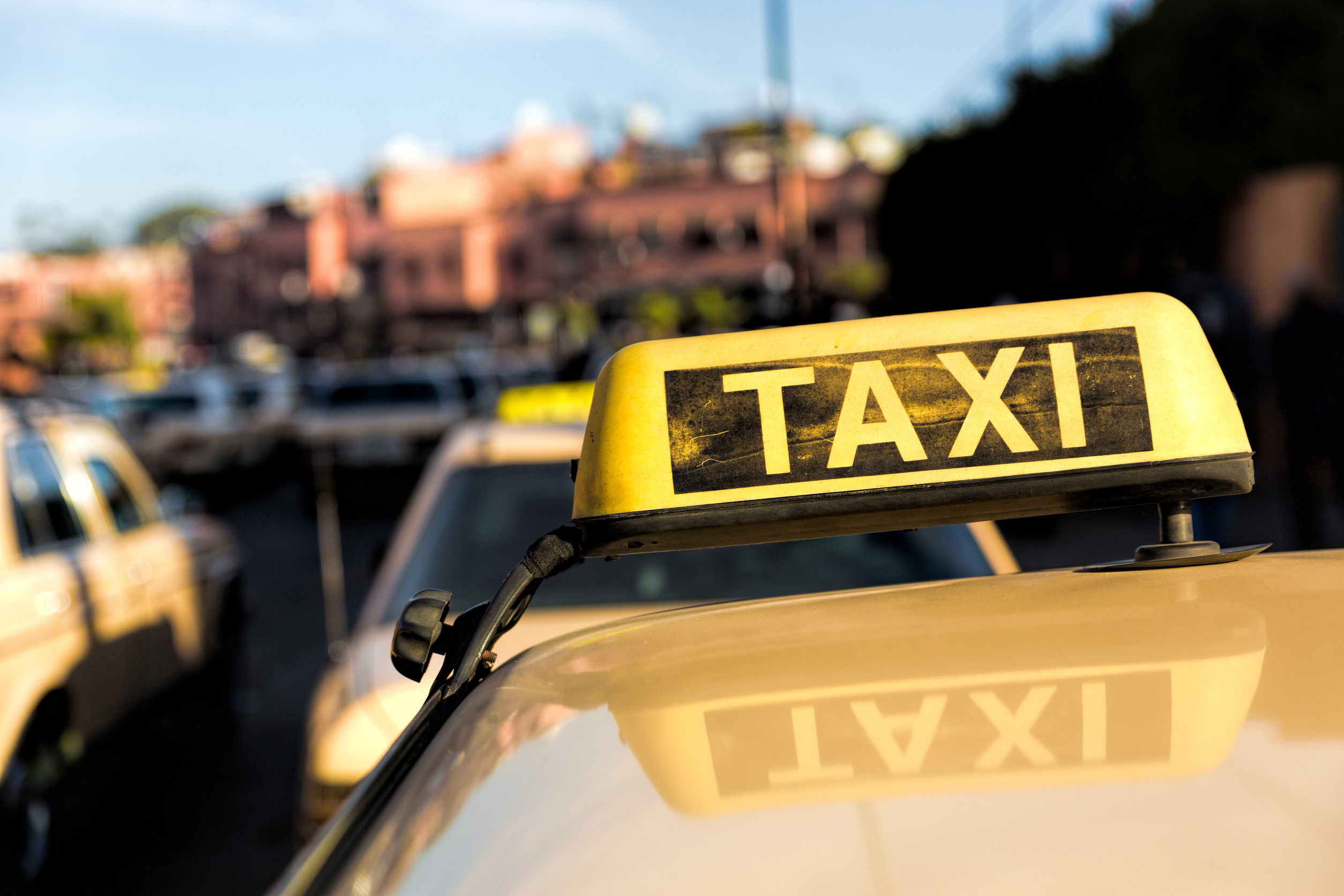
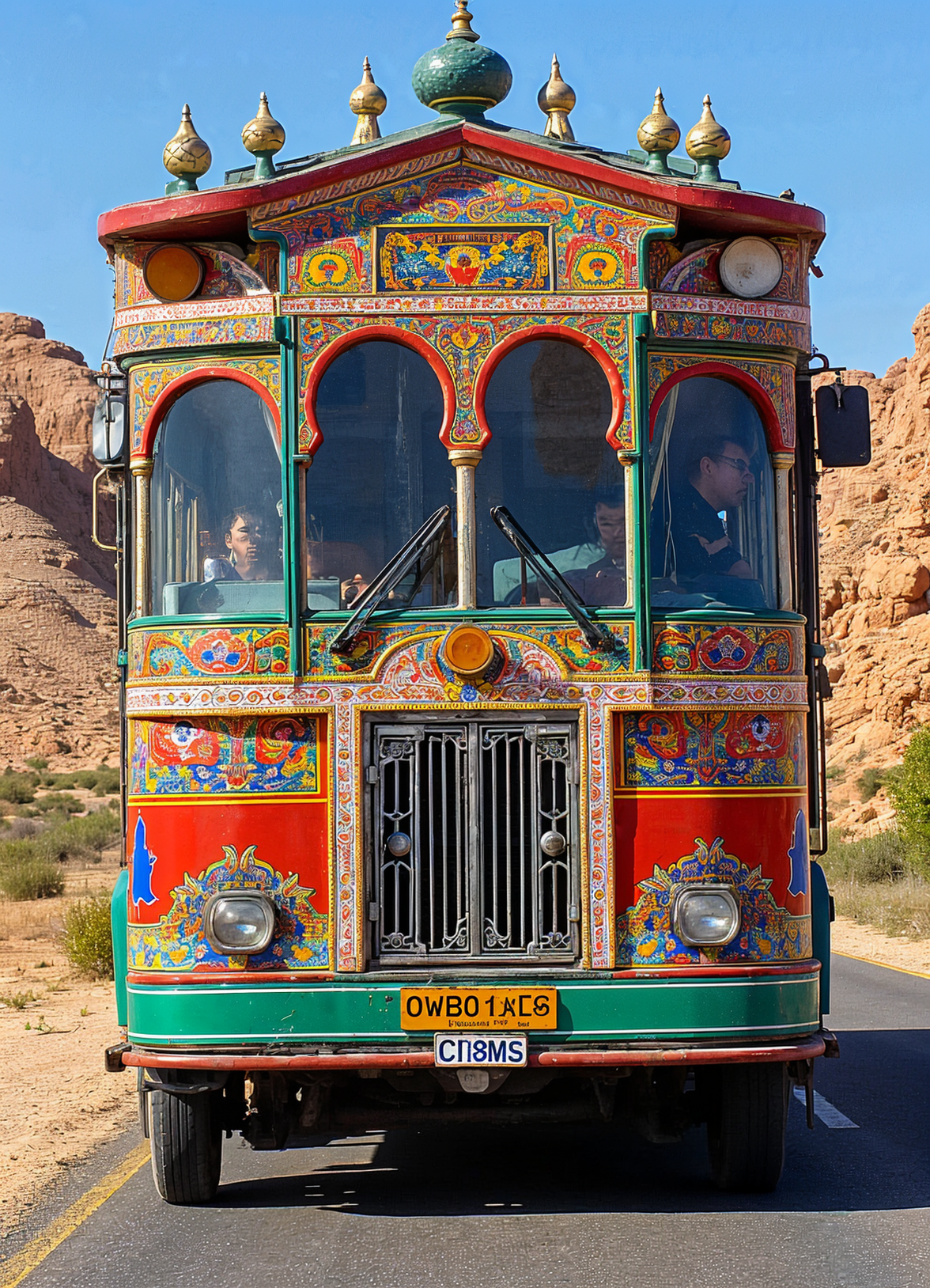
Unlock the Magic: Travel Tips for an Enriching Moroccan Experience
A trip to Morocco promises cultural diversity, historical discovery, and magnificent beauty. After reading our guide's airline, airport, visa, and travel tips, you will be ready to handle travel’s complexity and enjoy Morocco's charm. Be sure to plan your schedule, book your flights and accommodations in advance, prepare well, and, most importantly, be open to Moroccan hospitality.
Do Moroccan airlines serve halal food?
Yes, all meals served on Royal Air Maroc and Moroccan-based airlines are 100% halal. International carriers usually provide halal meals if requested in advance.
What should I pack for my Morocco trip?
Please check out the Packaging Tips for Morocco webpage.
Are there prayer rooms at Moroccan airports?
In Morocco, airports typically feature prayer rooms, but to be sure, ask airport employees for one when you arrive.
Are one-way tickets to Morocco more expensive than round-trip?
Yes, one-way flights are often more expensive than round-trip tickets, especially on airlines like Royal Air Maroc.
Do I need a COVID-19 test or vaccination proof to fly to Morocco?
As of recent updates, most COVID-19 restrictions have been lifted, but always check with your airline before travelling.
1
Step1: Complete the online application by entering your passport details.
Step2: Make the payment online using a credit card.
Step3: Check your email for the payment confirmation and receive your e-visa.
test